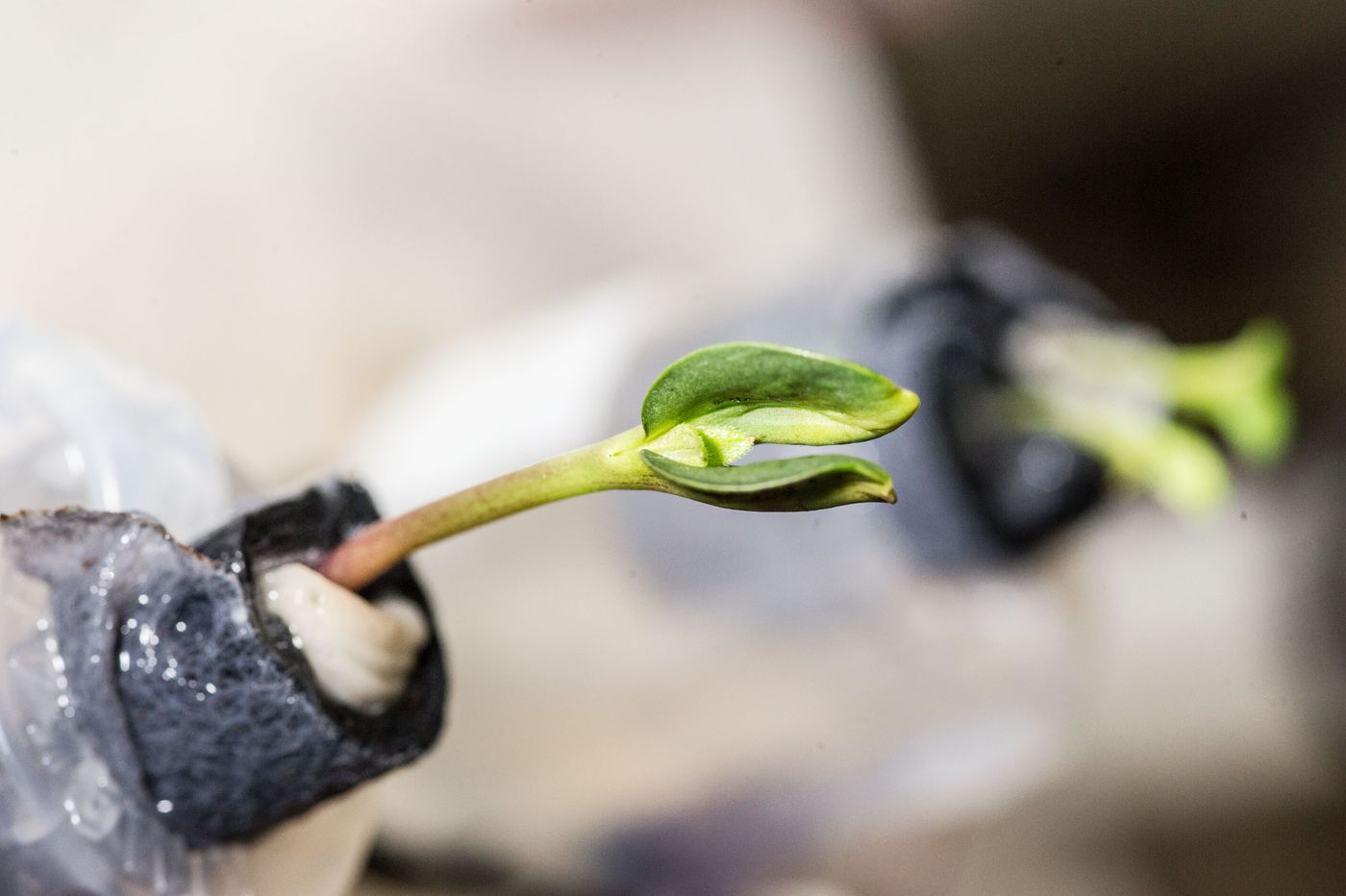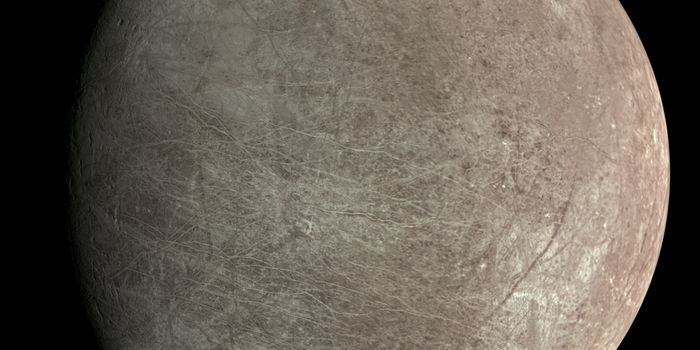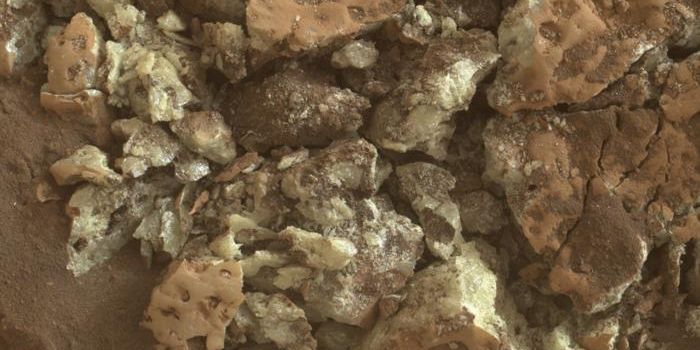Can We Grow Large Numbers of Plants in Space?
One of the most important experiments astronauts are performing in space today is attempting to grow plants in space. Among those are edible vegetables, which you’ve probably by now seen astronauts munching on while aboard the International Space Station.

Image Credit: International Space Station/NASA
Learning to do this efficiently, and more importantly, on a larger scale, could one day help us with our future endeavor of colonizing other planets in our Solar System, such as Mars. This is an important step in space exploration, as having astronauts grow their own food would be much more cost-efficient than sending food supplies to other planets all the time.
Although it’s possible to grow plants in space while in a controlled environment, it isn’t without its difficulties, and growing plants on a large scale in space may still provide to be even more difficult to do, as we really haven’t done it yet or know if it would work
As pointed out in a study published in Botany Letters, current experiments have been confined to test subjects so limited in size that we don’t know how well large-scale agriculture will fare in a non-Earthly environment.
We know that microgravity can have strange effects on plants, such as the flavor and seed structure, which means plants grown in space aren’t quite the same as plants grown on Earth. We are also limited on what we’re able to grow in space, which also continues to make agriculture in space difficult.
Such problems can alter the nutritional value and other important characteristics of the plant that make it worth growing for astronauts. Nevertheless, recent studies have shown that space-grown plants are “safe” to eat and astronauts have already bitten into the first space-grown lettuce for science.
The difficulties aren’t to say plants grown on other planets where gravity exists might not fare better, but so far, we have limited test trials to really have a good idea about plants grown in space.
The study, led by Lucie Poulet and her colleagues from the University of Clermont-Ferrand, reveals that not enough is known yet about how long-term space-led agriculture will impact the growth of plants.
Although we’ve tested in small scale, plants need adequate ventilation, light, and protection from the radiation that bombards the International Space Station. It’s easy to do that in a small testing box, but to have a full-sized farm for testing purposes on a floating laboratory in space is difficult to do.
Expandable modules, such as the one by Bigelow that astronauts are testing in space at this point in time, may provide some use for this purpose, however we’re still in the middle of testing the longevity of these modules and their long-term performance is yet to be realized.
Source: Science Daily








